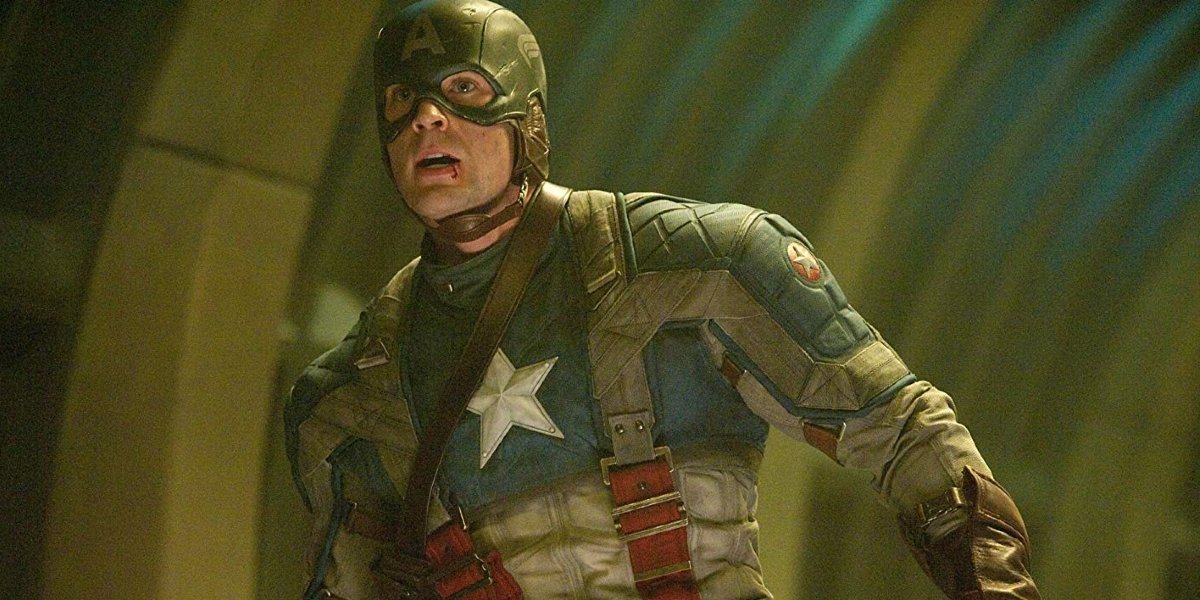How Kenneth Branagh’s Artemis Fowl And Death On The Nile Benefit From Practical Effects And Sets

You might not expect a fantasy film like Artemis Fowl to rely to heavily on practical effects. The story plunges a 12-year-old genius (Ferdia Shaw) into a race against a fairy police force to rescue his kidnapped father. The adventure involves trolls, dwarves and a mysterious item called the Aculos, which everyone needs to get their hands on.
But in choosing to adapt Eoin Colfer’s novels to the screen, director Kenneth Branagh tried to ground his action as much as possible with physical sets and props that helped his actors – from Shaw and Colin Farrell to Dame Judi Dench and Josh Gad – feel like they are in the world. When you watch Artemis Fowl on Disney+ beginning on June 12, pay attention to Fowl Manor, which was an actual set constructed from the ground up on a soundstage in the UK.
When we spoke with Branagh about his approach to the film, we asked about his reliance on the practical, and he explained:
Well, it makes it different. I think, for me, it doesn’t make it easier, but it does make it different. Sometimes it’s quicker. And sometimes it’s not! But I love on film, particularly -- because if you shoot on film, you’ve got shorter periods of which you can shoot. You mount a magazine. It might be 10 minutes long. It isn’t, you know, the half hour or 40 minutes you might get if you’re shooting on digital. So that becomes a ritual. And then if you can create, in that excitement, every other kind of excitement, so that on the set it feels… particularly for movies like this, where you have big visual effects and things, if you can create a sense of event about every kind of scene, where the goal is not people like me saying, ‘So the troll is going to be 20 feet high…’ Instead of having some massive troll really chasing our real actors around the house.There's just something about what it does to the atmosphere, with the actors and to the crew and everything where maybe something that I like to retain in these film adventures is just that unexpected happening. Which is there when it is not too technically dominated. It’s not to say I don’t revere and embrace every kind of technological advance. But if some of what you’re doing is after that sort of human frailty, that human imperfection, that human excitement, sometimes mistakes are happy mistakes [that are] made when excitements are there. It comes out of them.
When describing an example that came into play for Artemis Fowl, director Kenneth Branagh went back to one of the first days he had his young lead on set, and how the boy gravitated towards props because they meant something special to him:
In this case, Ferdia Shaw being taken onto the set for the first time, and like in that beautiful bookcase behind you, having him walk up to that and see that all the books in there are all the ones that he selected when we rehearsed six months ago. And every sort of detail of the room, he already sort of owns. I saw his face light up as if he was a vessel, I could have seen [his face] being filled with more of his character by the time that encounter with that real set, not that piece of blue screen, had really significantly affected the way he was going to play this part.
It can only improve one’s performance if they feel like they actually are immersed in a story. All credit has to go to actors who make green- and blue-screen work succeed, because it requires far more mental lifting. Branagh has applied this practice to movies such as Thor and Murder on the Orient Express, where he played famed investigator Hercule Poirot. And he revealed to us that he’s using practical sets for his Orient Express follow up, Death on the Nile. And he says it’s having the same desired effect.
We asked Branagh about the construction of the Karnak, the boat that will house all of the potential murderers in his upcoming Christie adaptation. And he opened up about the sequel, telling us:
We built it, and we took people out on the water. We went to Egypt and we mixed up every kind of possibility. On the very first day, for me, it was important to get real actors, all 12 of them, all 12 of our leading suspects from Ms. [Gal] Gadot all the way down to Ms. [Letitia] Wright, to get them on a real boat in real water in the sunshine. It was a really great bonding thing. We were on a little launch as they went to go board the massive Karnak. The central thing you want to get in those kinds of movies is the excitement of the holiday, of the global trip, of the great sort of travelogue movie. And we had it on day one, because people were slightly scared, frankly, of falling in. That’s what I’d call that kind of happy, humid excitement.
I’m curious if these extra efforts make a difference to you, as a movie-loving audience. Kenneth Branagh is correct in saying that technological advances currently allow filmmakers to paint in almost any location that they need. And Artemis Fowl certainly has to lean on select amounts of CGI when it enters the fairy realms. One’s imagination can only stretch so far.
CINEMABLEND NEWSLETTER
Your Daily Blend of Entertainment News
Powered by RedCircle
But when you are watching a location like Fowl Manor, or the Orient Express train in Branagh’s murder mystery, do you stop and pay closer attention to the details of the set, or the construction of the props? They seem to immerse cast members into the scenes and create realism for the actors. What effect does it have on you as an audience member?
Kenneth Branagh’s Artemis Fowl was on track for a Memorial Day opening, but theater closing have shifted it to the streaming platform Disney+. You and your family will be able to begin watching it on Friday, June 12.

Sean O’Connell is a journalist and CinemaBlend’s Managing Editor. Having been with the site since 2011, Sean interviewed myriad directors, actors and producers, and created ReelBlend, which he proudly cohosts with Jake Hamilton and Kevin McCarthy. And he's the author of RELEASE THE SNYDER CUT, the Spider-Man history book WITH GREAT POWER, and an upcoming book about Bruce Willis.
Most Popular








